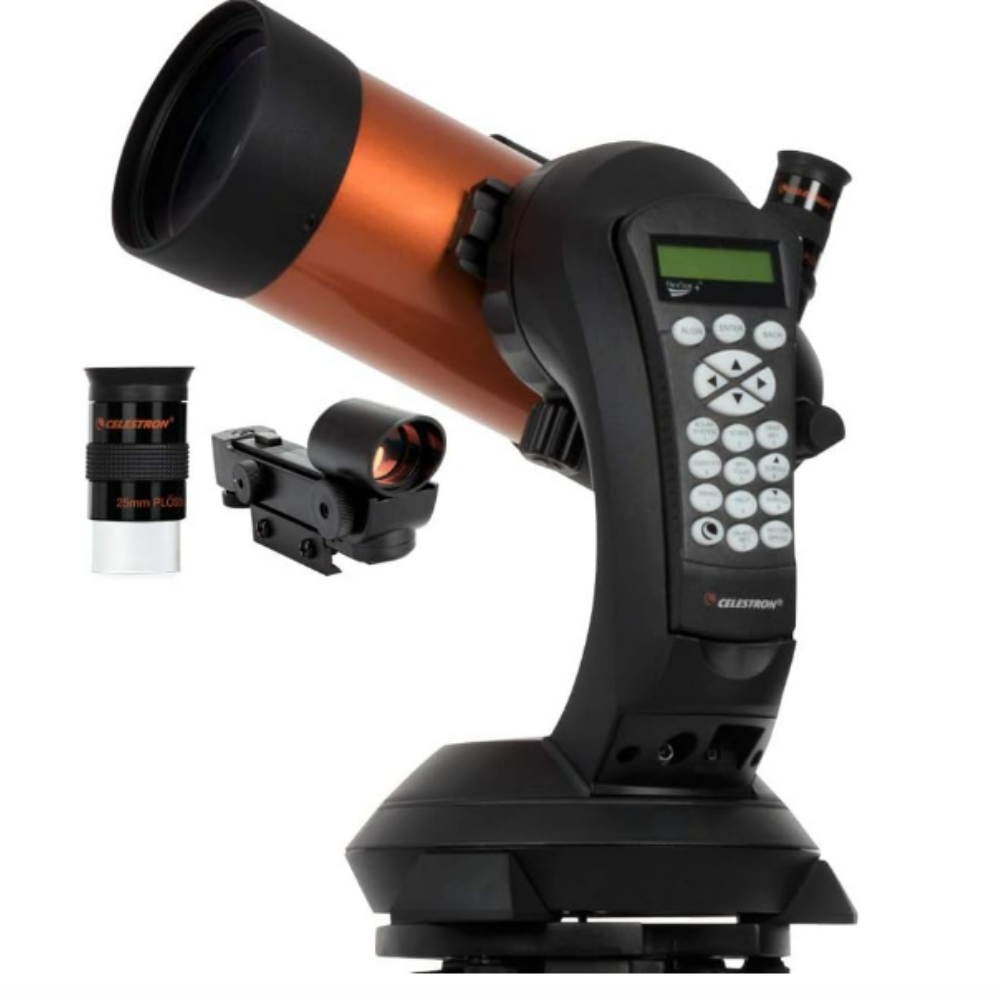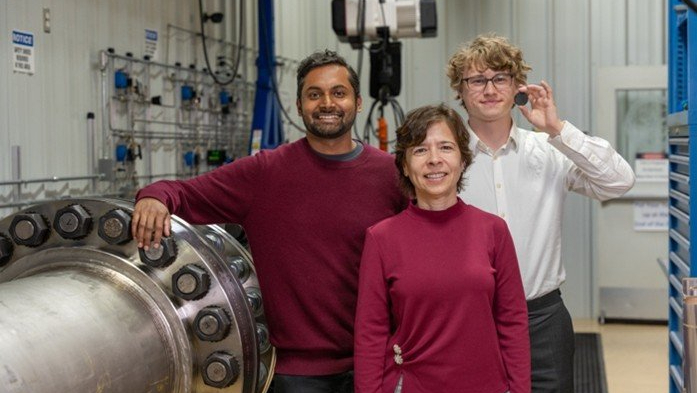
When SpaceX’s newest Starship prototype fired up its six engines last week, you can bet the cameras were on.
A new SpaceX photo captures the moment of ignition for the new Starship SN20 rocket, the first of SpaceX’s shiny, silver Starship prototypes designed to launch into orbit. In the photo, the Starship’s six Raptor engines belch fire and exhaust on a test stand while another rocket, a prototype for SpaceX’s Super Heavy booster, stands idle nearby.
Video: Watch SpaceX’s Starship SN20 test-fire 6 Raptor engines
SpaceX test-fired Starship SN20 on Friday (Nov. 12) at its Starbase facility near the South Texas village of Boca Chica. The test was brief, only a few second, in a “static fire” to see how engines performed together. It was the company’s first test to feature six Raptor engines simultaneously. Earlier tests of SN20 featured only two engines and the company’s suborbital launches of previous prototypes had up to three.
“Good static fire with all six engines!” SpaceX CEO Elon Musk wrote on Twitter Friday shortly after the test.
SpaceX is developing its Starship rocket and massive Super Heavy booster to launch people and cargo to the moon and Mars. The launch system is designed to be fully reusable, and includes a towering Super Heavy booster as its first stage and the 165-foot-all (50 meters) Starship on top.
When stacked together — something SpaceX did for the first time in August — the two vehicles make up the tallest rocket ever at 395 feet (120 m). NASA’s Saturn V moon rocket was 363 feet (110 m) tall.

NASA has picked SpaceX’s Starship to deliver astronauts and payloads to the moon as part of the agency’s Artemis program. SpaceX also wants to use the rocket for its own crewed flights to the moon (the company has already booked Japanese entrepreneur Yusaku Maezawa on a trip around the moon) and then target trips to Mars.
But first, Starship has to reach orbit and that’s where SN20 comes in.
Photos: SpaceX lifts huge Super Heavy rocket onto launch stand
Related stories:
Previous Starship test launches this year reached a maximum altitude of 6 miles (10 kilometers) before returning to Earth for a landing, sometimes with explosive results. Starship SN20 is designed to reach orbit, requiring it to fly much higher than the 62-mile (100 km) upper border of space.
In May, SpaceX submitted its plan for that first Starship orbital flight. It called for the company’s Super Heavy 4 booster to launch SN20 into orbit and then splash down in the Gulf of Mexico about 20 miles (32 km) offshore. The Starship, meanwhile, would reach orbit, fly around Earth one time, then return to Earth over the Pacific Ocean near the island of Kauai, Hawaii about 90 minutes after liftoff.
SpaceX and Elon Musk have said the orbital test flight could happen in upcoming weeks or months, but the exact timing is unclear as the Federal Aviation Administration is still in the midst of an environmental assessment of SpaceX’s Starbase facility.
Email Tariq Malik at tmalik@space.com or follow him @tariqjmalik. Follow us @Spacedotcom, Facebook and Instagram.


